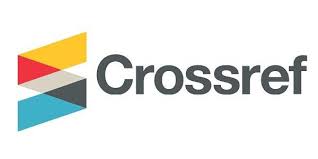Evaluating Barriers to Implementation of Open Innovation in SMEs: A Case Study in Ordu Province
DOI:
https://doi.org/10.59543/comdem.v2i.11151Keywords:
Open Innovation, Factors Affecting Open Innovation, Multi-Criteria Decision AnalysisAbstract
Approaches such as innovation, innovation management, open innovation, and utilization of technology have become critical for almost all businesses to stay ahead of the competition in today's globalized corporate environment. Non-enterprise innovation applications, often known as open innovation in enterprises, are integrated by embedding them into internal systems. The production of innovative ideas in collaboration with non-enterprise partners can be classified as open innovation practices within small and medium-sized businesses (SMEs). As a result, they are critical components in assisting organizations, such as offering a competitive advantage to SMEs, cost reduction, improving customer service quality, and responding to market needs on time. Yet, SMEs have a number of challenges when it comes to open innovation applications. The elimination of these barriers and problems will also increase the agility of SMEs. In this context, the barriers to open innovation implementation in SMEs were investigated, and the criteria that prevent open innovation were identified. The weight coefficients representing the importance levels of the criteria were calculated using the Interval Valued Intuitionistic Fuzzy Ranking Comparison (RANCOM) technique. According to the findings, the most critical barrier in the fulfilment of open innovation was " inadequacy or lack of management support."
Downloads
Published
How to Cite
Issue
Section
License
Copyright (c) 2025 Ahmet Aytekin, Selçuk Korucuk

This work is licensed under a Creative Commons Attribution 4.0 International License.
COMDEM is published Open Access under a Creative Commons CC-BY 4.0 license. Authors retain full copyright, with the first publication right granted to the journal.











